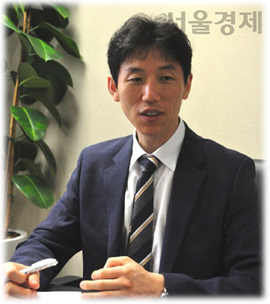| 일 | 월 | 화 | 수 | 목 | 금 | 토 |
|---|---|---|---|---|---|---|
| 1 | 2 | 3 | 4 | 5 | ||
| 6 | 7 | 8 | 9 | 10 | 11 | 12 |
| 13 | 14 | 15 | 16 | 17 | 18 | 19 |
| 20 | 21 | 22 | 23 | 24 | 25 | 26 |
| 27 | 28 | 29 | 30 |
- political organization
- Political Change
- Task Delegates of the Ruler: Inner Circle
- the 2nd law
- politics
- Mathematical Model of politics
- Power
- power and organization
- political phenomena
- Political Regime
- Orderliness of Choice
- mechanism of politics
- Samjae Capacity
- new political science
- Canonical Politics
- Cohesion Force
- Samjae Capacities
- Differences in Individual Abilities and Tendencies
- Operation of the 2nd Law
- 1st Law of politics
- the 3rd Law of politics
- Mathematical Model of political science
- Political power
- Order of Choice
- politics of Inner Circle
- politics and war
- Regime Change
- Value Systems
- survival process theory
- Political Regimes
- Today
- Total
목록politics and war (2)
New Political Science
 B. Division of Politics and War
B. Division of Politics and War
B. Division of Politics and War (1) The Emergence of Non-violent Politics Politics is a continuation of war. At the same time, politics and war are different. That is, "canonical politics" and "violent war" are clearly different. Although they maintain the same essence of survival struggle as one continuous entity, what is the reason for politics and war being differentiated in this way? Simply ..
 Chapter 2. A. (1) a. Politics is Continuation of War
Chapter 2. A. (1) a. Politics is Continuation of War
Chapter 2. Theoretical Foundation of Political Phenomena A. Theory of Politics as War Continuation (1) Politics and War a. Politics is Continuation of War On the morning of December 6th, 2012, 5 tanks and 2 armored vehicles appeared in front of the Presidential Palace in Egypt. This was due to intense protests and clashes the night before. The events started when President Mohamed Morsi of Egypt..
